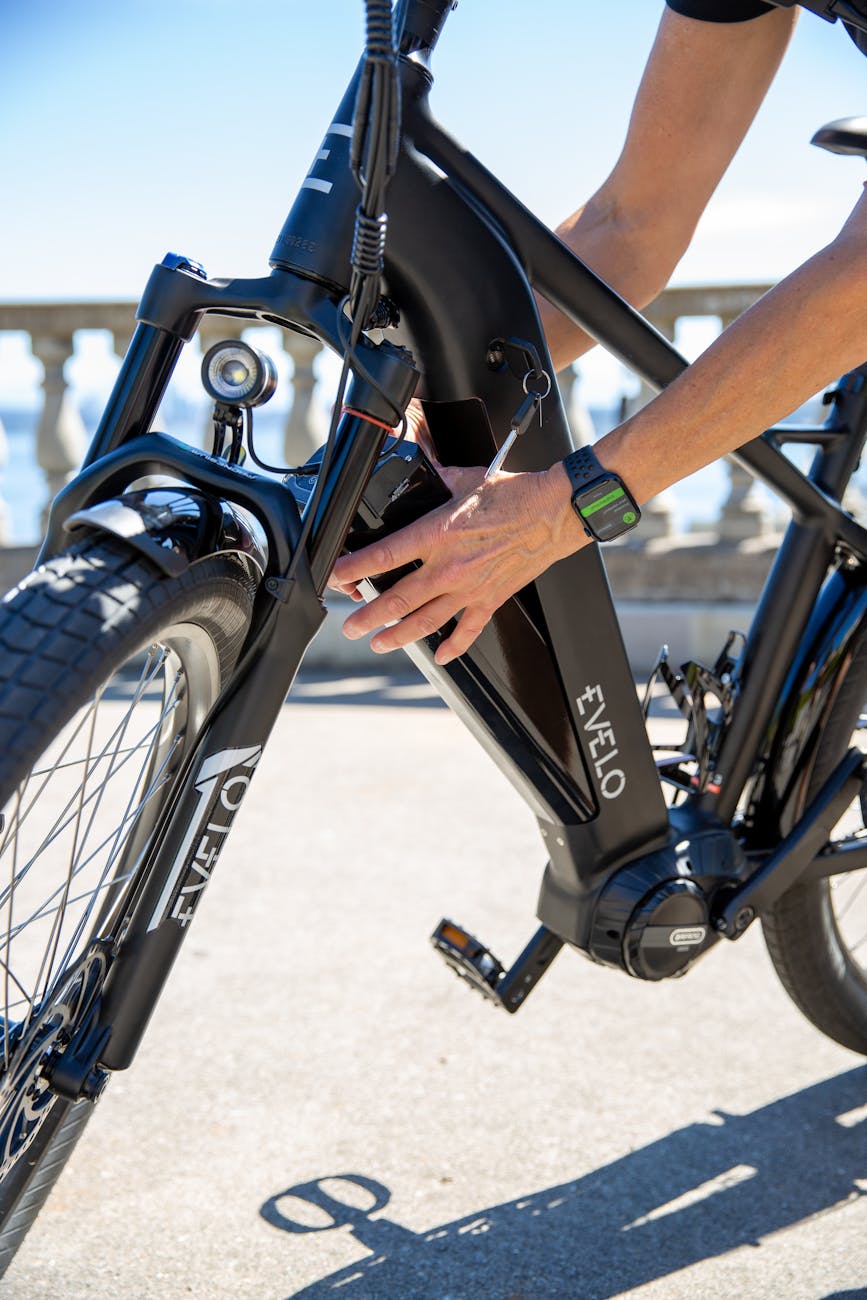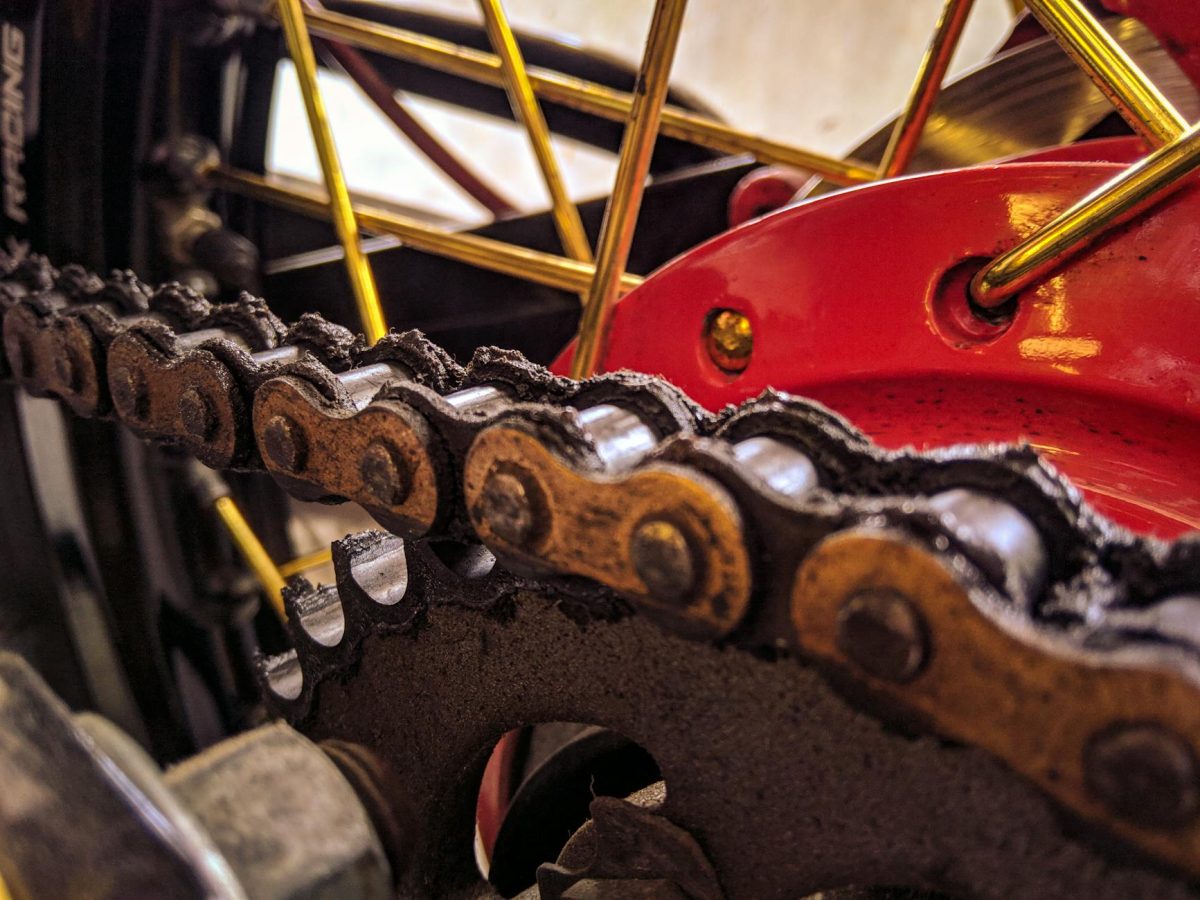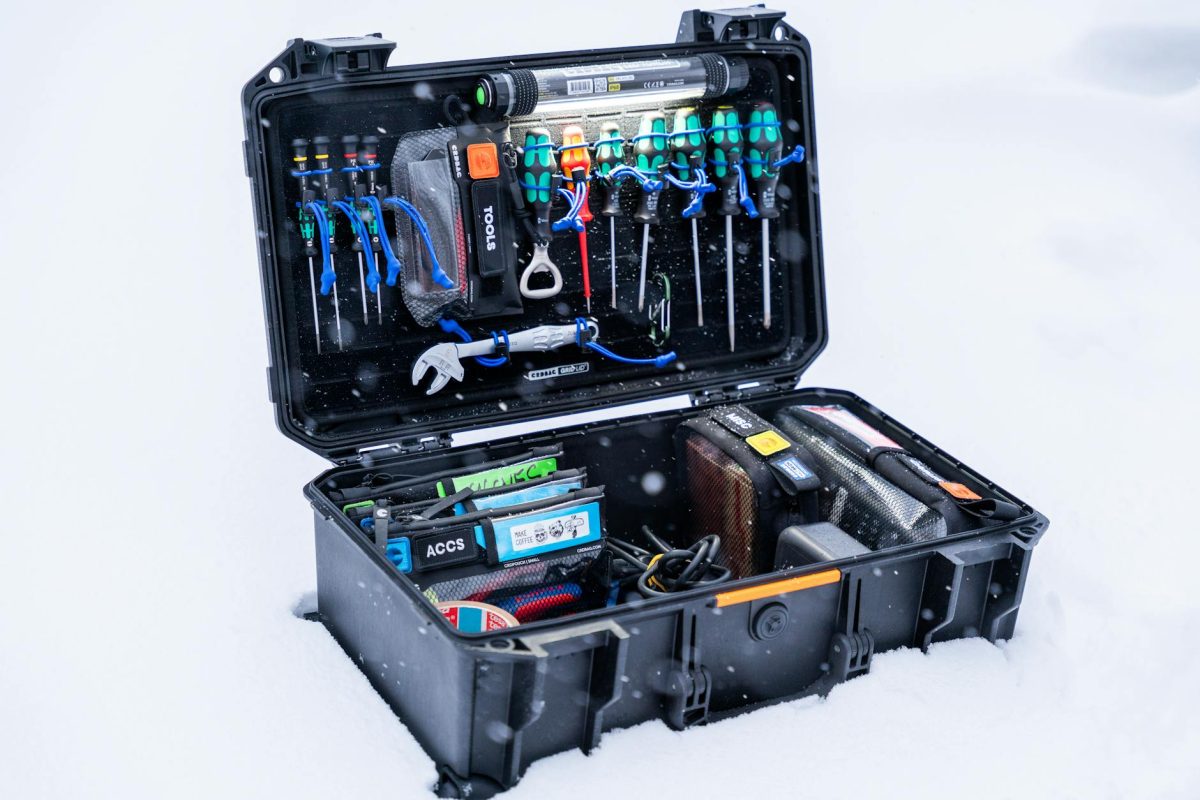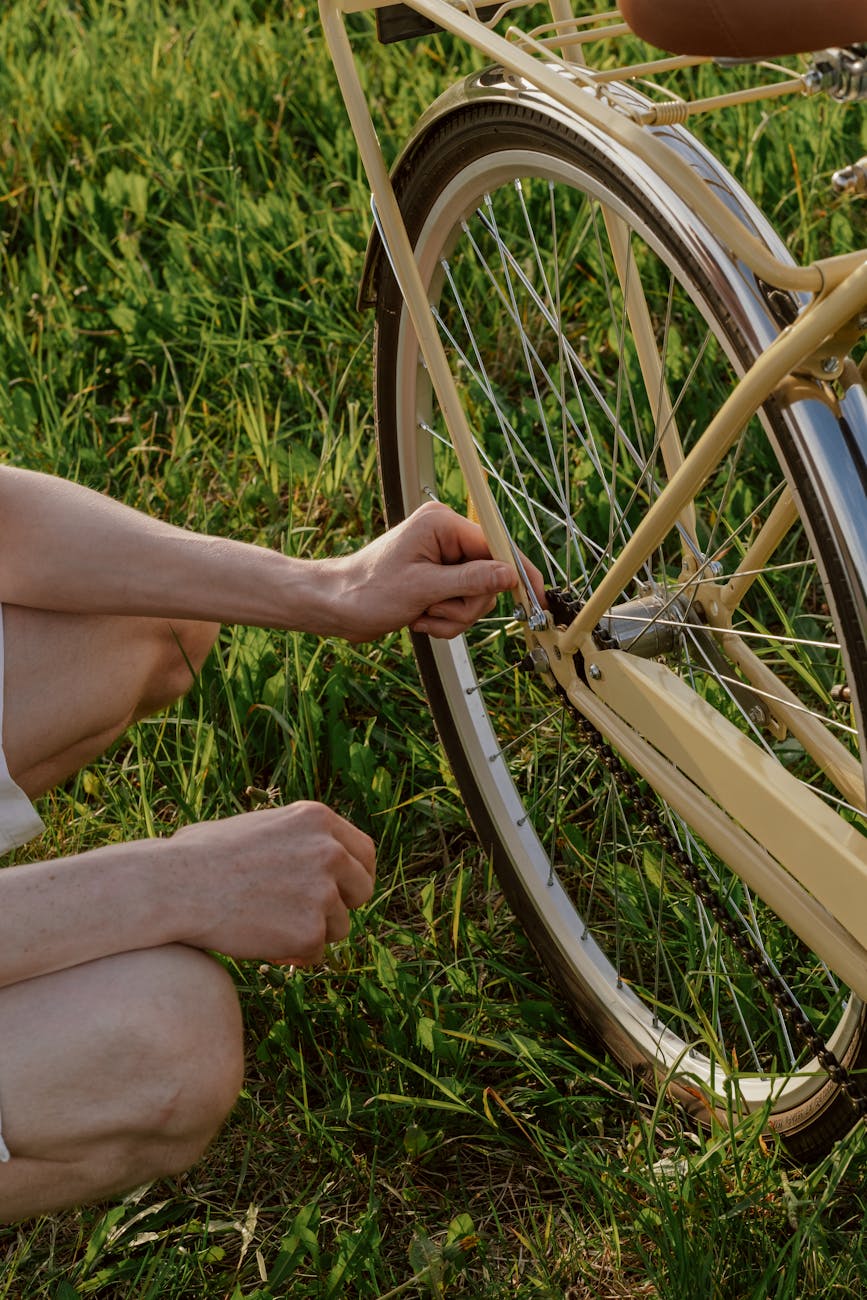When the crisp autumn breeze starts to sweep across the landscape, it’s a sign that the fall season is upon us. For biking enthusiasts, this time of year presents the perfect opportunity to enjoy the stunning colors of fall foliage while cruising through the cool, refreshing air. However, before hitting the trails or roads, it’s essential to ensure that your bike is in top condition. Fall bike maintenance is key to enjoying effortless rides during this season. In this article, we’ll explore some essential tips to help you prepare your bike for the upcoming autumn adventures.
Checking Tire Pressure and Tread Depth
One of the first things you should do as part of your fall bike maintenance routine is to check your tire pressure and tread depth. With the changing weather conditions, it’s crucial to ensure that your tires are properly inflated and have sufficient tread depth to handle wet and slippery surfaces. Lower tire pressure can lead to decreased handling and increased risk of punctures, so make sure to inflate your tires to the recommended pressure levels. Additionally, inspect the tread depth on your tires and replace them if they show signs of wear to maintain traction and stability on the road.
Lubricating and Cleaning Your Bike Chain
As the fall season brings occasional rain showers and damp weather, it’s important to pay extra attention to your bike chain. Moisture and debris can accumulate on the chain, leading to rust and decreased performance. Before heading out for a ride, clean your bike chain thoroughly with a degreaser and a brush to remove any dirt or grime. Once clean, apply a fresh coat of bicycle chain lubricant to ensure smooth shifting and efficient power transfer. Regular maintenance of your bike chain will prolong its lifespan and keep your rides smooth and enjoyable.
Inspecting Brakes and Brake Pads
Effective brakes are crucial for your safety while riding, especially during the fall season when wet leaves and slippery roads can pose a greater risk. Inspect your brake pads for wear and tear and replace them if they are worn down. Check the brake cables for any signs of fraying or damage, and adjust the brake tension if needed to ensure optimal braking performance. Testing your brakes before each ride will give you peace of mind and confidence in your ability to stop quickly and safely when necessary.
Adjusting Bike Fit and Positioning
With the cooler temperatures of autumn, you may need to readjust your bike fit and positioning to ensure comfort and efficiency while riding. Check the height and angle of your saddle, handlebars, and stem to optimize your riding posture and reduce strain on your body. Proper bike fit can enhance your performance, prevent injuries, and make your rides more enjoyable. Consider visiting a bike shop or consulting a professional bike fitter to fine-tune your bike setup based on your riding style and preferences.
Protecting Your Bike from the Elements
Autumn weather can be unpredictable, so it’s important to protect your bike from the elements to prevent corrosion and damage. Invest in fenders to shield your bike from mud and water splashes, especially if you plan on riding in wet conditions. After each ride, wipe down your bike frame and components with a clean cloth to remove moisture and debris. Store your bike in a dry and sheltered place to avoid exposure to rain and extreme temperatures. Regular cleaning and maintenance will extend the life of your bike and keep it looking and performing its best.
In conclusion, fall bike maintenance is essential for a smooth and enjoyable riding experience during the autumn season. By following these tips and incorporating them into your regular bike care routine, you can ensure that your bike is ready for any fall adventure that comes your way. Take the time to inspect and maintain your bike before each ride, and you’ll be able to enjoy the beauty of autumn while cruising effortlessly through the changing landscape. Happy riding!









